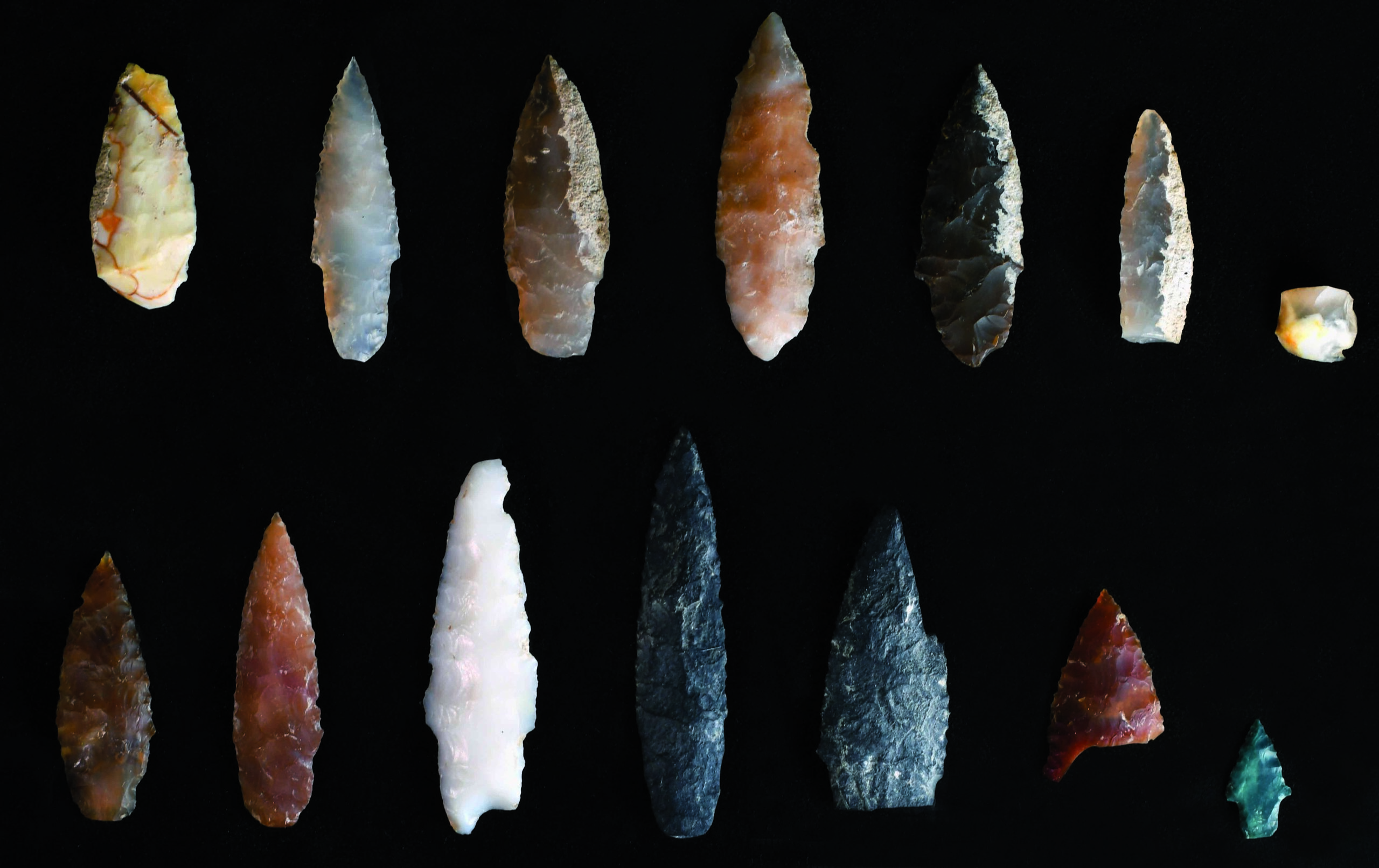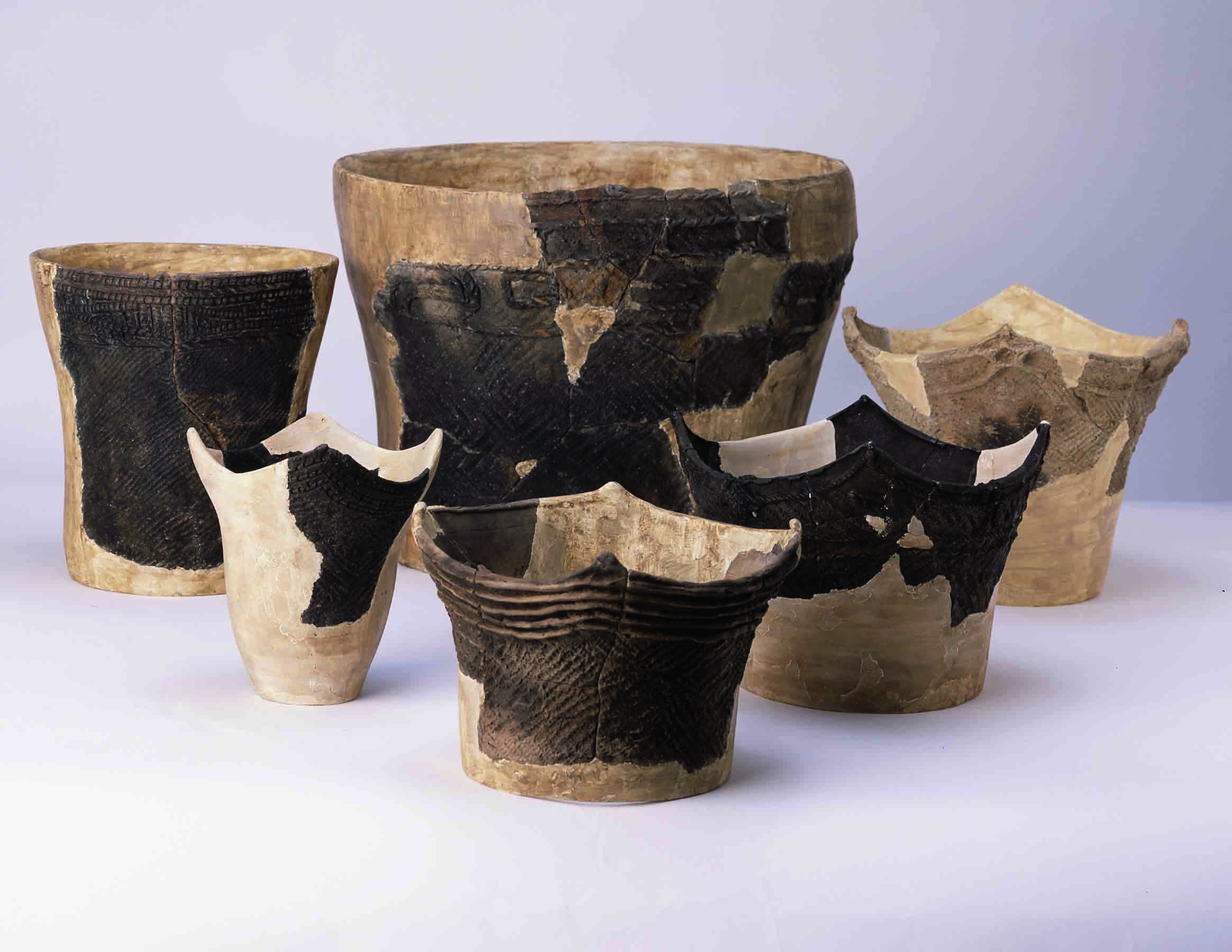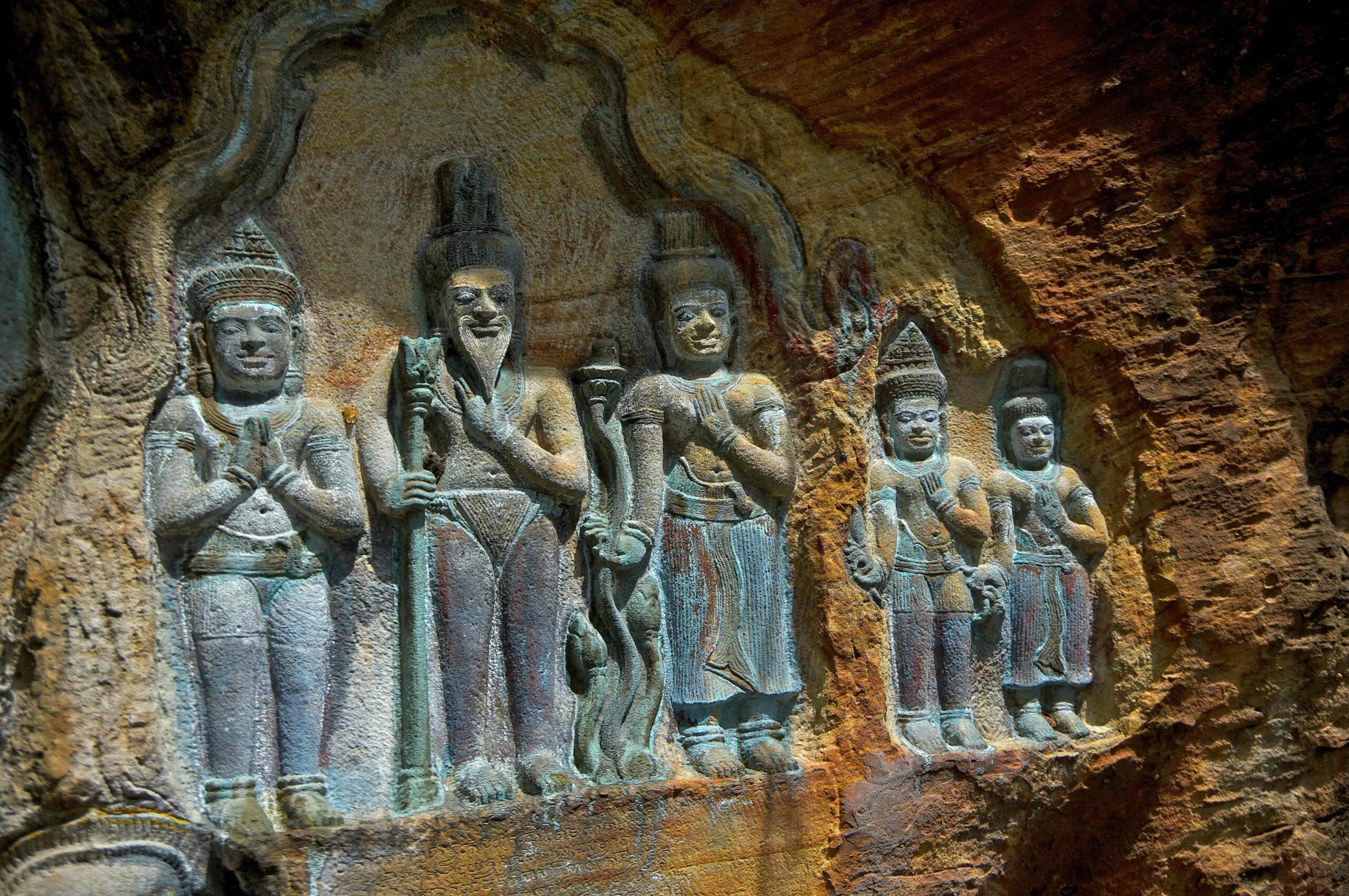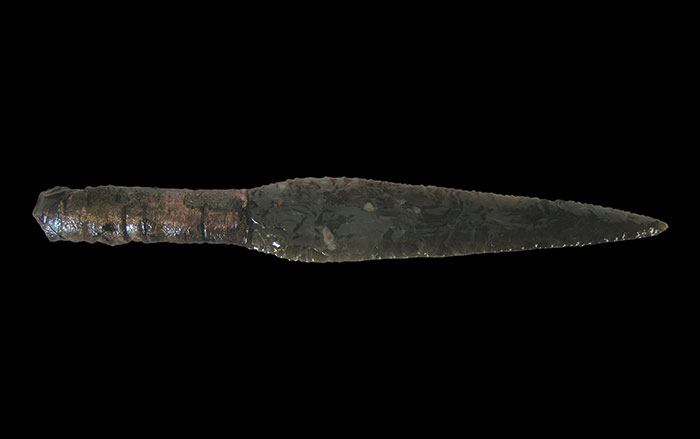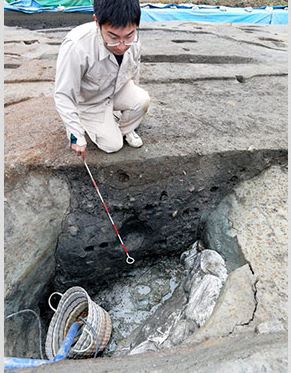
SAKURAI, JAPAN—The right scapula of a boar, discovered in an oval-shaped hole with pottery, a wooden object, and other animal bones, suggests that the third-century A.D. shaman queen Himiko and leaders of Japan’s Yamato State practiced a fortune-telling method imported from China. The pit was found in the Makimuku ruins, thought to be the location of Himiko’s burial place. The bone bears three round burn marks that were probably made with a stick. Archaeologist Kaoru Terasawa of the Research Center for Makimukugaku explained that fortune telling with animal bones gradually became an official activity in Japan. The pit “is significant in thinking about how animal bone fortune telling performed at the grass-roots level during the Yayoi period evolved into a part of the national system,” he told The Asahi Shimbun. To read about a Roman artifact discovered in Japan, see "Imported Glass in Japanese Tomb Identified."




